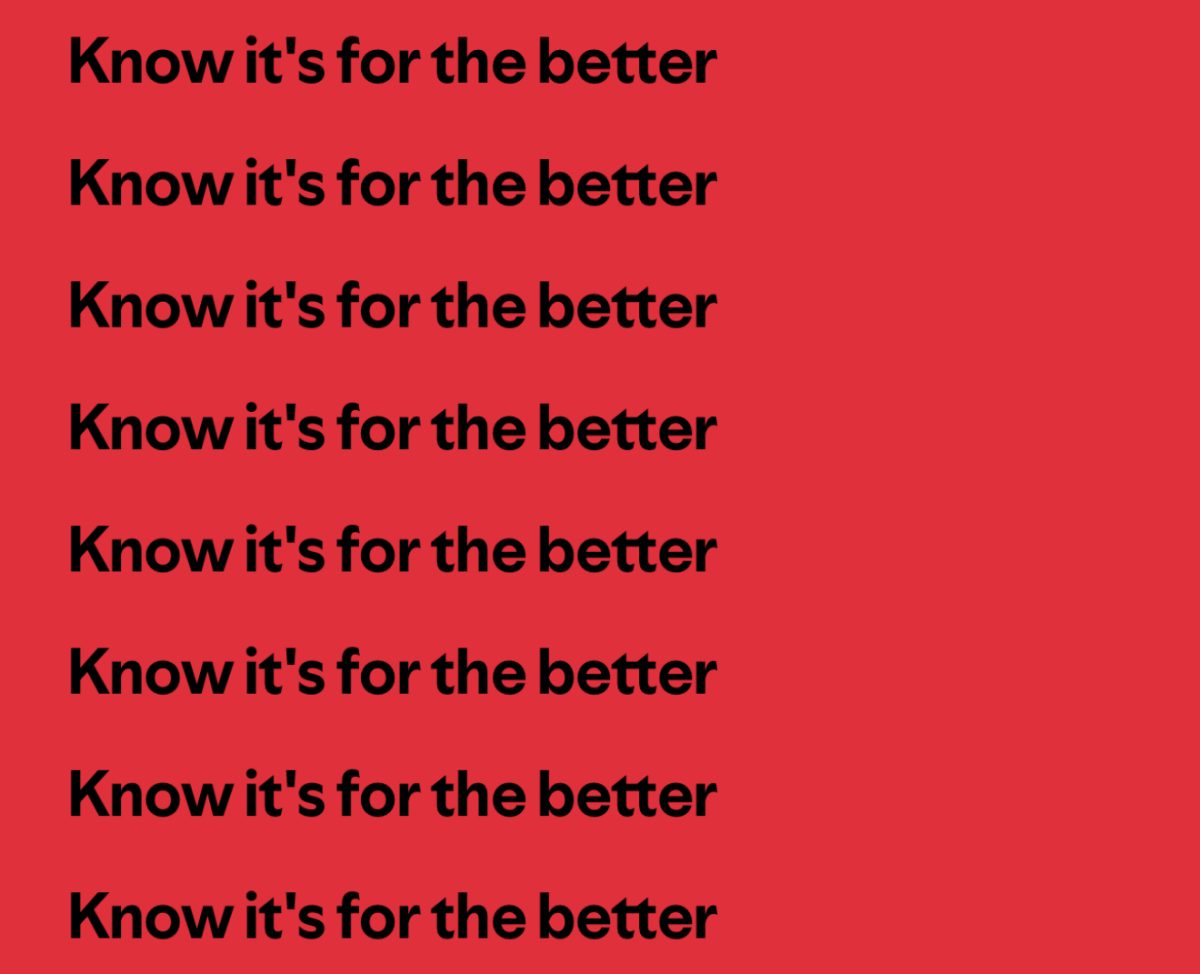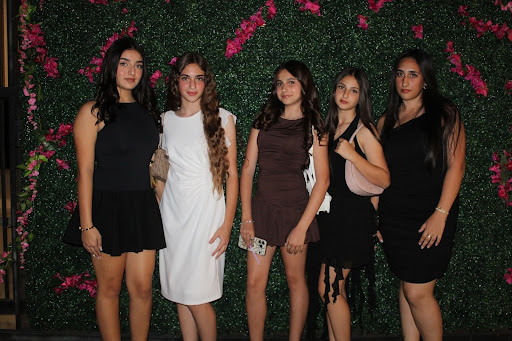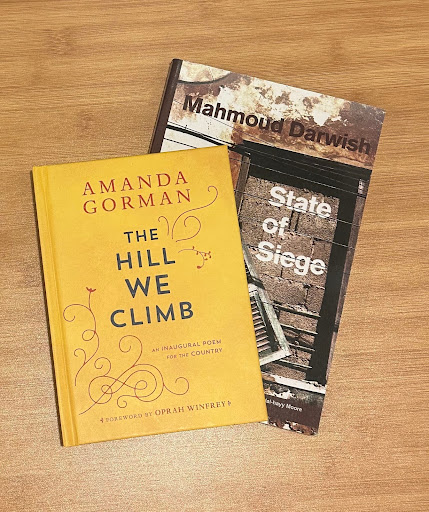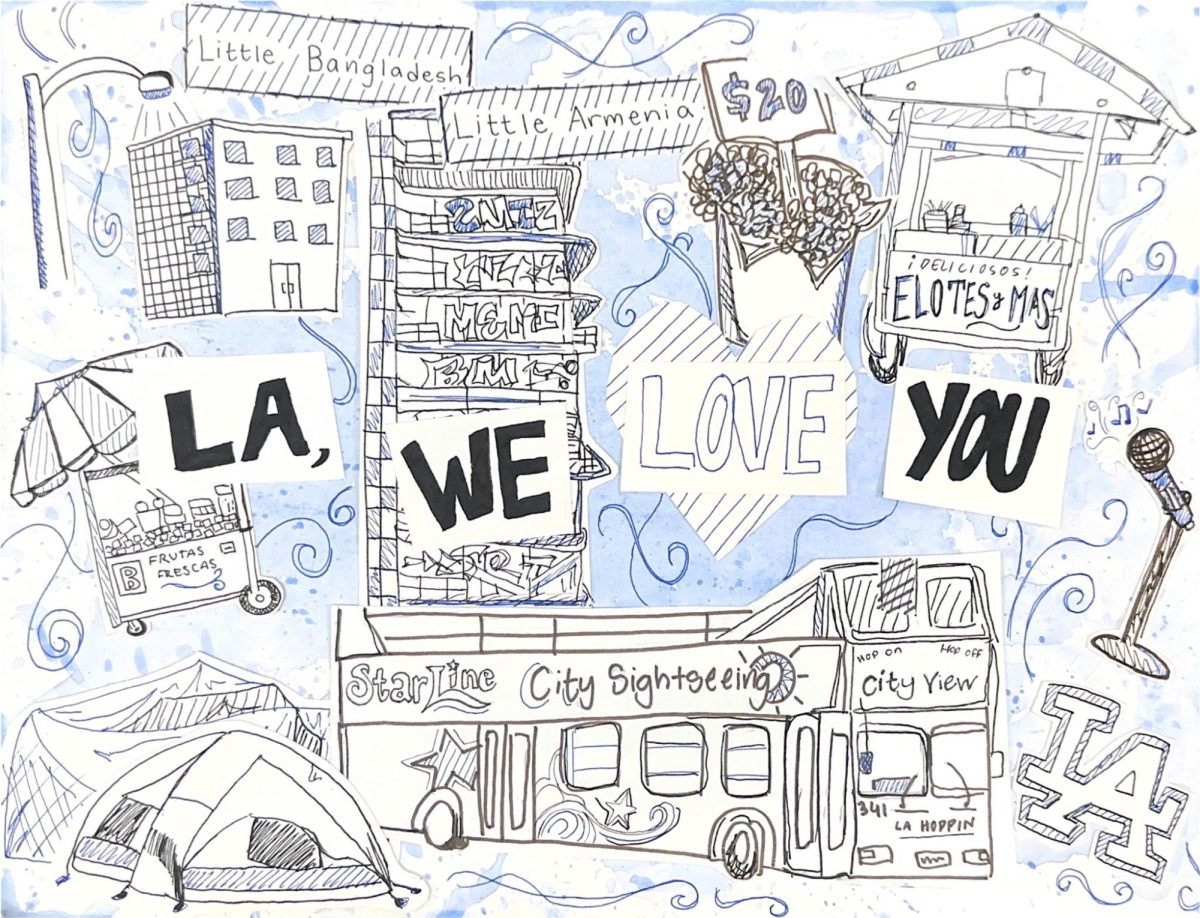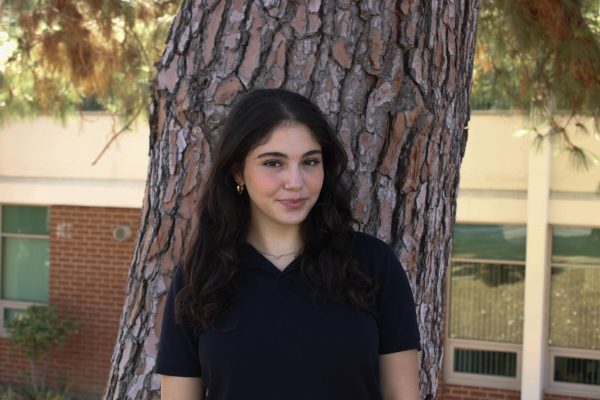The beauty of repeated lyrics lies in their ability to create a strong emotional connection with listeners. When artists repeat certain lines or phrases, they give those words weight. The more a lyric repeats, the more it sticks with the listener, allowing simple words to become more meaningful over time. Through this technique, artists can emphasize feelings, themes, or ideas, drawing the audience deeper into the song.
In Taylor Swift’s “The Archer,” the line “[They] see right through me” is repeated 8 times throughout the song, creating a feeling of vulnerability. The phrase speaks to Swift’s insecurities and her fear of being exposed. Repeating this line makes it feel like more than just a passing thought; it becomes a central part of the song’s message. The song deals with the pressure of public scrutiny, and this line represents the emotional weight of being constantly judged. The repetition also helps build a sense of urgency and anxiety, pulling the listener into Swift’s world. This is further emphasized throughout the heartbeat-like sounds playing in the background, making the listener almost feel as though they are experiencing the vulnerability alongside Swift.
Phoebe Bridgers’ “Waiting Room” uses the phrase “Know it’s for the better” 36 times, and it becomes a sort of mantra in the song. At first, it might sound like a simple statement, but as it repeats, it takes on more meaning. The song talks about dealing with change and uncertainty, and this repeated line helps ground the listener. It’s a reminder that, even in tough moments, things might improve in the end. The repetition creates a sense of comfort, offering a small sense of hope in the midst of confusion. It turns into a way of coping with difficult emotions and making peace with the unknown.
In Harry Styles’ “Fine Line,” the line “we’ll be a fine line” repeats 26 times, and on the surface, it is a simple way of talking about the balance between love and tension in a relationship. However, the repetition of this phrase gives it a much deeper significance. It reflects the ups and downs of relationships, where emotions can shift from joy to pain, from closeness to distance. Repeating the line emphasizes how fragile this balance can be at times. It perfectly reflects the delicate balance between love and conflict, and the more it repeats, the more it captures the stability and uncertainty of relationships.
What makes repeated lyrics so effective is their ability to capture complex emotions in just a few words. Taylor Swift, Phoebe Bridgers, and Harry Styles all use repetition to explore themes like vulnerability, change, self-acceptance, and the challenges of relationships. The lyrics take on a new meaning with each repetition, drawing the listener in and creating a stronger emotional bond. Artists use repeated lyrics not only as a stylistic choice, but also to enhance the personal and relatable feel of their music, enabling listeners to empathize with the shared emotions and experiences.
The power of repeated lyrics allows an artist to invite listeners to understand the emotion behind their songs, making the words feel more familiar and personal. This repetition can create a sense of comfort or understanding, as if the song is speaking directly to the listener’s own experiences. The act of repetition can transform a song to something more intimate, and also gets stuck in listeners’ heads. At the same time, repetition can also provide the words a sense of uncertainty or fear, as if the artist is caught in a moment of doubt or confusion, repeating the line in frustration.
The repeated phrases can sound like internal conflict, increasing the sense of vulnerability in the song. This duality, comfort and uncertainty, creates emotional impact, where the listener feels both reassured and unsettled. It speaks to the complexity of emotions themselves, showing that feelings are rarely simple or straightforward. Repetition deepens the connection between the listener and the song, making the words more than just lyrics; they become expressions of raw experience. It allows for reflection, and often makes the song linger in the listener’s mind long after it has ended.
The more a phrase is repeated, the more it embeds itself in the listener’s consciousness. This quality makes the song feel less like a performance and more like a conversation, where the repeated lyrics serve as a way of processing feelings. As the listener absorbs the repetition, the song starts to feel less like a distant piece of music and more like an emotional journey they are on together with the artist.
The song’s message becomes not just something heard but something felt, experienced on a deeper level. The repeated lyrics allow the listener to be more than a passive observer; they become a part of the story being told. By hearing the same words repeated over and over, they are invited to reflect and empathize in response to the song. In the end, repeated lyrics, in all their simplicity, become powerful tools that give listeners not just a song, but a shared and memorable experience.



